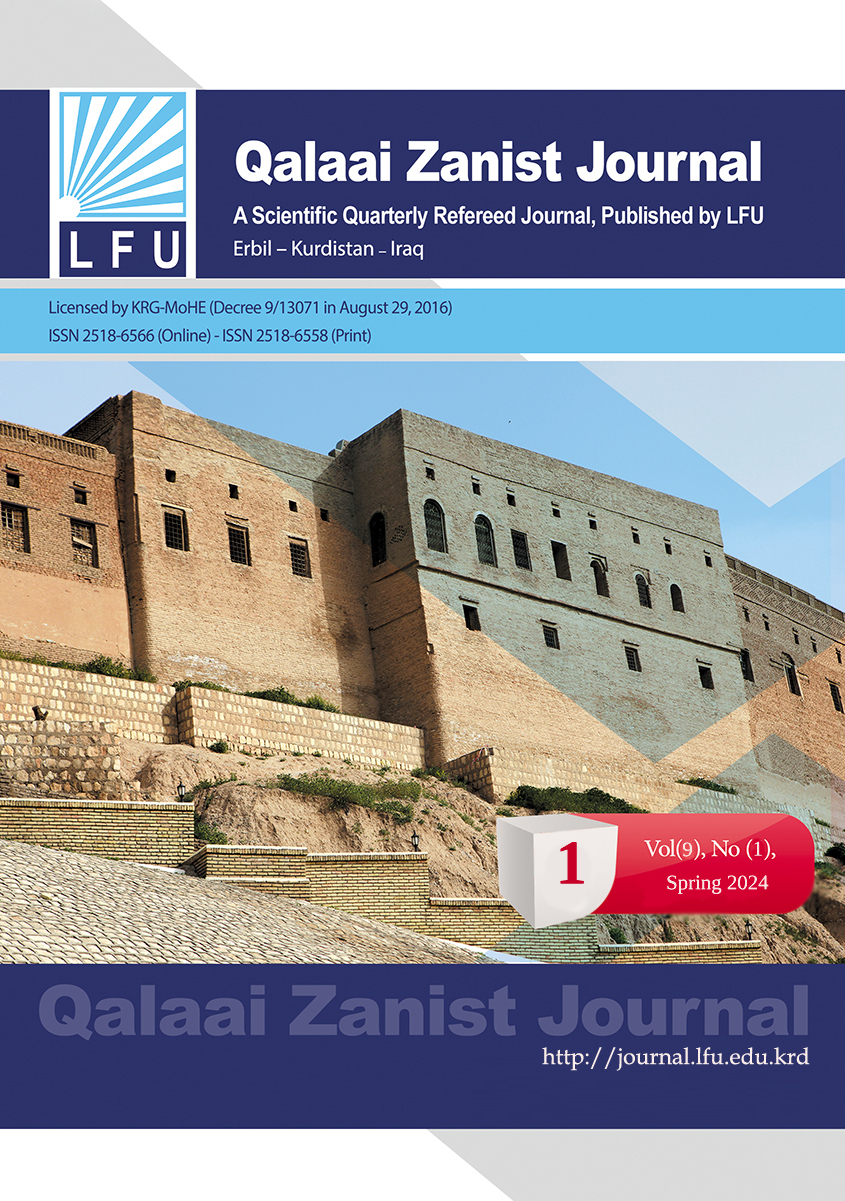Correcting Constitutional Provisions Through the Principle of Reversal
##plugins.themes.bootstrap3.article.main##
Abstract
There is no doubt that the constitutional courts may fall into negligence or error when issuing rulings at times, and this indicates that the rulings issued in the constitutional judiciary may not be correct and correct in all cases, and despite this fact, most constitutions, including the permanent Iraqi constitution of (2005) stipulates that: “The rulings of the Federal Supreme Court shall be final and binding on all public authorities and are not subject to appeal in any manner of appeal.” To think of devising a self-correction method for correcting the constitutional provisions tainted by error or omission that it issued itself previously, by resorting to working on the principle of reversing its previous rulings, so that the court issues a new judicial decision or ruling that contains an explicit and clear change to a legal principle that the court had decided on its own in A previous decision related to the subject matter of the case itself and the same circumstances and circumstances that surrounded it without it amending the constitutional and legal rules that were the basis for issuing the ruling. It may be very difficult to apply this principle as it contradicts in Most cases are with legal security or collide with it, and this leads to creating a problematic balance between the stability and stability of the provisions of the constitutional courts and the possibility of applying the principle of abandoning them. Therefore, we will try, in the core of this study, to clarify all these problems facing the constitutional courts in the comparative countries and to clarify the problems facing them. The Federal Court when applying this principle, and this is reinforced by judicial applications at our constitutional court in Iraq
Downloads
##plugins.themes.bootstrap3.article.details##
How to Cite
Copyright (c) 2024 Peshawa Khidher Rasul، Ibrahim Mohammed Haje

This work is licensed under a Creative Commons Attribution 4.0 International License.

